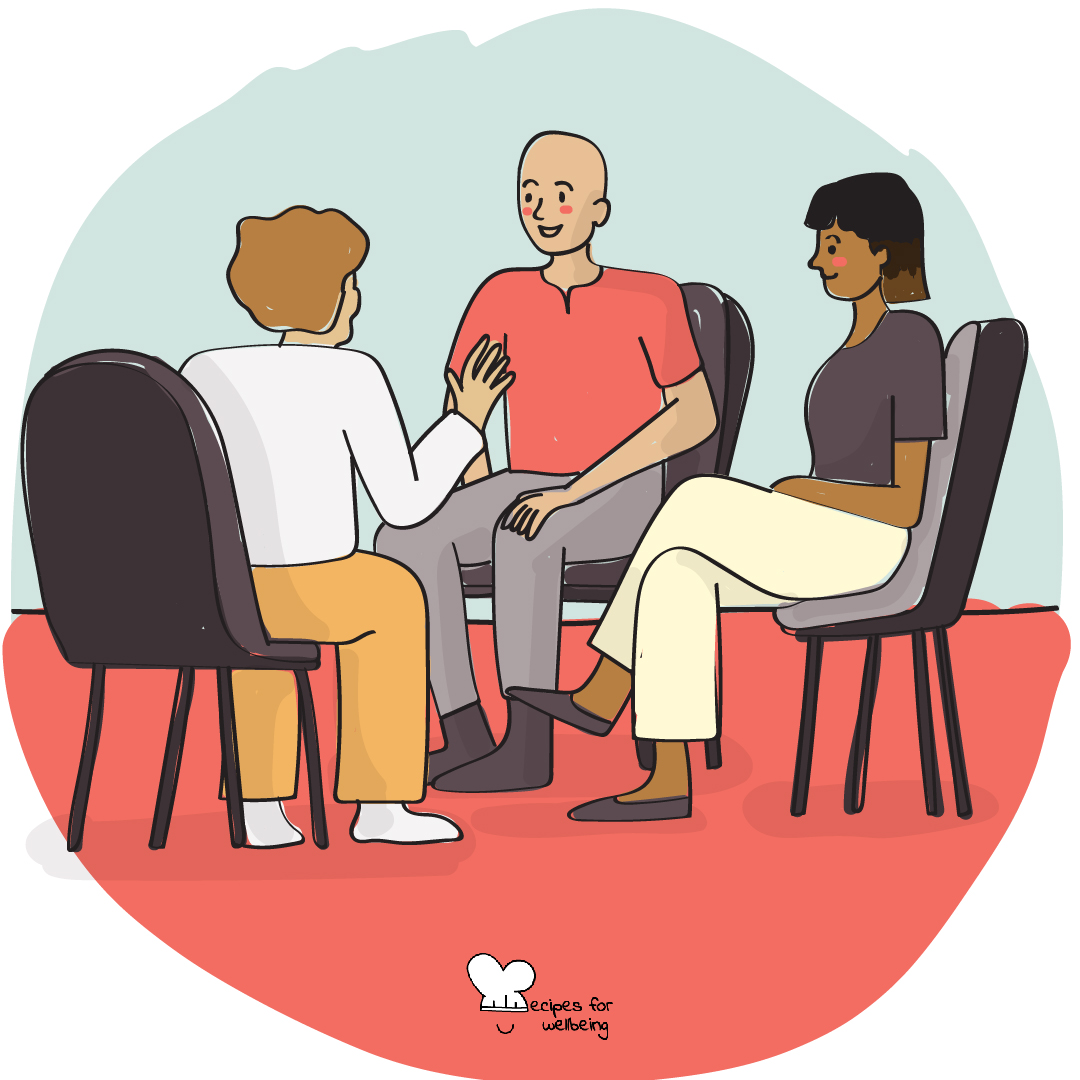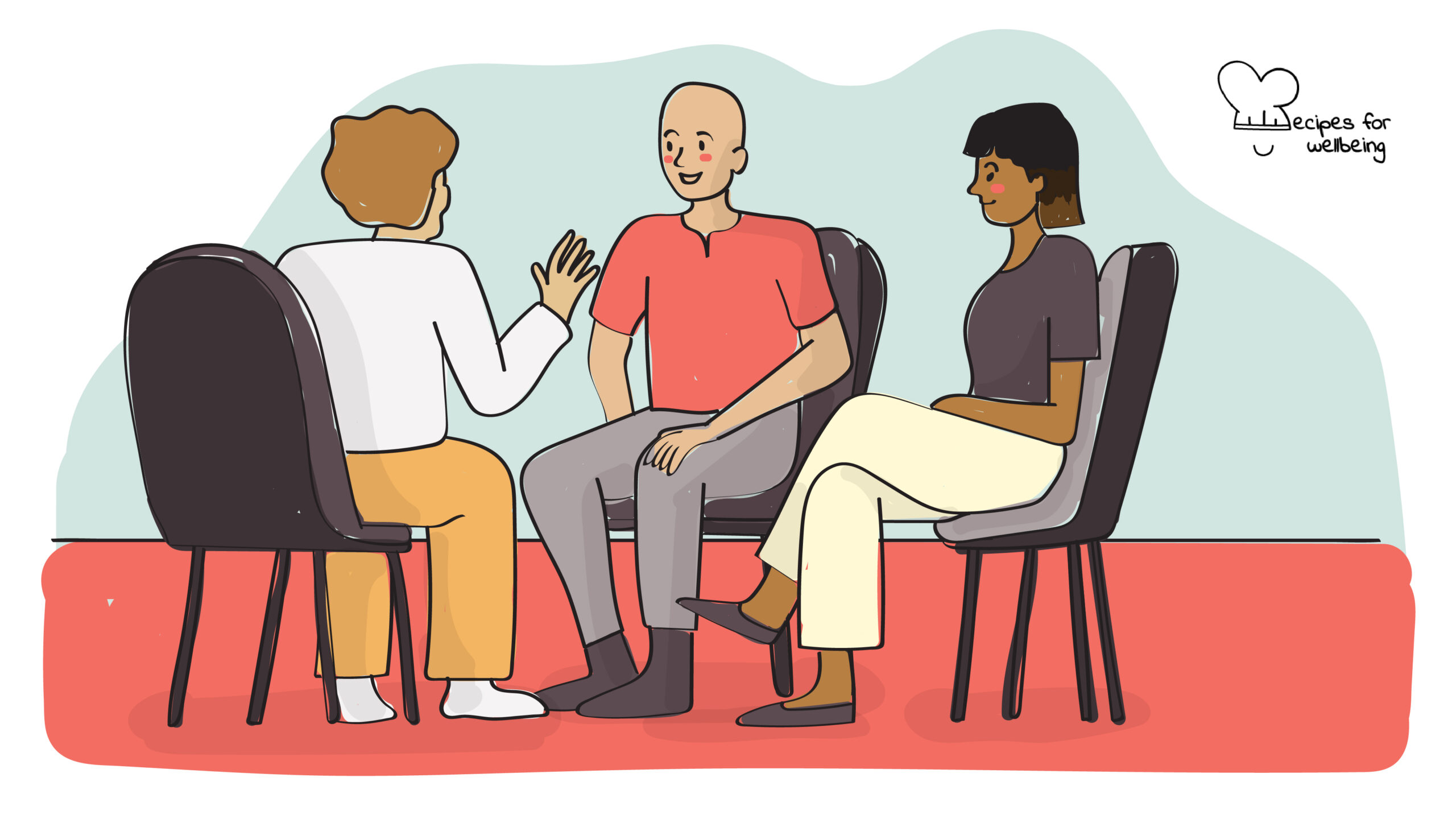
The ladder of inference
I suppose it is tempting, if the only tool you have is a hammer, to treat everything as if it were a nail. ―Abraham Maslow
👥 Serves: Up to 20 people
🎚 Difficulty: Medium
⏳ Total time: 1 hour
🥣 Ingredients: 1 device to watch a video, access to the Internet
💪 Nutritional values: Reflection, Perspective, Clarity, Fairness, Non-judgment
👥 Serves: 11-25 people, 2-10 people
🎚 Difficulty: Medium
⏳ Total time: 31-60 minutes
🥣 Ingredients: 1 device to watch a video, access to the Internet
🤓 Wholebeing Domains: Awareness, Community, Liberatory Learning, Radical Care
💪 Wholebeing Skills: Accountability, Autonomy, Conflict transformation, Emotional intelligence, Feedback, Multiperspectivity, Non-judgement, Reflection, Self-awareness, Self-directed learning

The ladder of inference
📝 Description
A tool to minimise misunderstandings.
Every day, you meet and interact with people and your powerful tool that is your brain helps you navigate all the various social relations. However, in order to do so, your brain must develop assumptions and beliefs, which act as shortcuts to interpret the world around you. This means that at times, the brain gets it wrong – have you ever been upset by someone’s words or actions and were ready to retaliate when you discovered it was not at all what it looked like? We often misunderstand other people’s words and actions and tend to jump to conclusions which do not serve us or the other.
The following recipe has been adapted from a TED-Ed video presented by Trevor Maber. The video introduces the “ladder of inference”, first proposed by Harvard professor Chris Argyris, which is a process for rethinking the way we interact by breaking down our assumptions, beliefs, and observations in an attempt to avoid jumping to conclusions and minimising misunderstandings. This can be particularly helpful to resolve misunderstandings within a team and boost your team wellbeing, especially before starting a new collaborative project.
In a nutshell, the ladder of inference helps us break down what happens in our brain when we interact with someone. On the first rung at the bottom of the ladder is the raw data and observations of our experience. Moving up to the second rung, we filter in specific information and details from our experience. We unknowingly select based on our preferences and tendencies. On the third rung, we assign meaning to the data we have selected, so we start interpreting the information filtered. On the fourth rung, we develop assumptions based on the meaning we created in the previous rung, which makes it harder to distinguish between facts and stories. On the fifth rung, we develop conclusions based on our assumptions and this is where emotional reactions are created. On the sixth rung, we adjust our beliefs about the world around us and on the final rung at the top of the ladder we take action based on our adjusted beliefs.
👣 Steps
Step 1 – TED-Ed Video (5’)
Go online and watch the brief TED-Ed Video by Trevor Maber “Rethinking Thinking”.
Step 2 – Self-reflection (5’)
Ask participants to recall, by themselves and in silence, a difficult experience or unpopular decision they made (preferably one that was recent and involved your team). Ask them to recall how they felt, where they were, who was there with them, what they could see, smell, etc. They should recall the story in detail. If helpful, they may jot down their thoughts on a notebook or on a sheet of paper.
Step 3 – Pair sharing (30’)
Ask participants to pair with another person and take turns to share their story with their partner (15 minutes each). Using the ladder of inference, the partner might then ask questions like: What were you observing, What meaning did you ascribe to the situation? What assumptions were you making? What conclusions did you reach? How did it influence your beliefs? What would you do differently next time?
Step 4 – Group reflection (20’)
Now gather everyone and take a bit of time to reflect together – here are a few prompts to guide the group reflection:
- How difficult was it to listen to the story empathically?
- How difficult was it to ask good questions?
- How useful was this model in thinking about yourself leading with others?
- What other models might be useful to consider?
- What do you want to develop in yourself?

